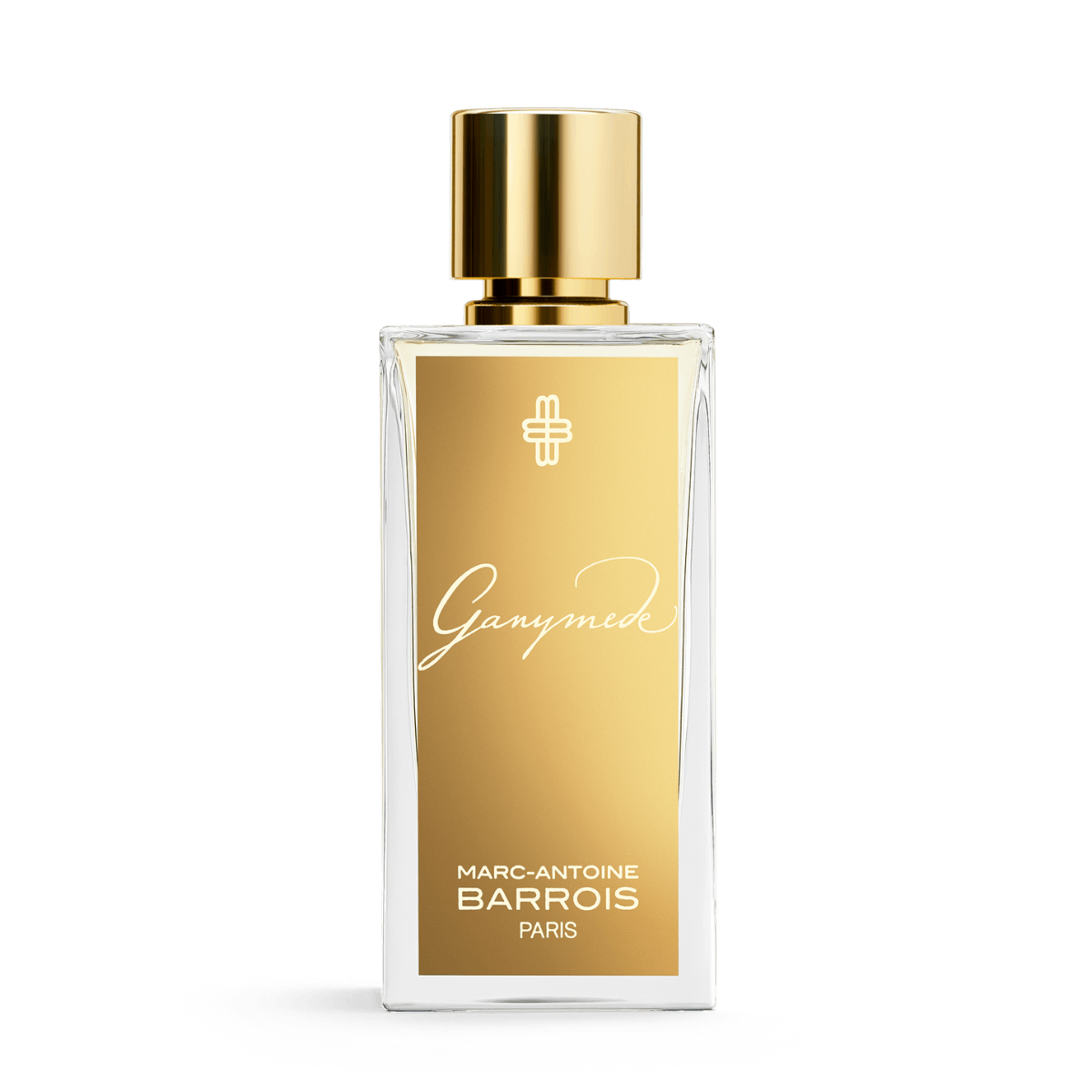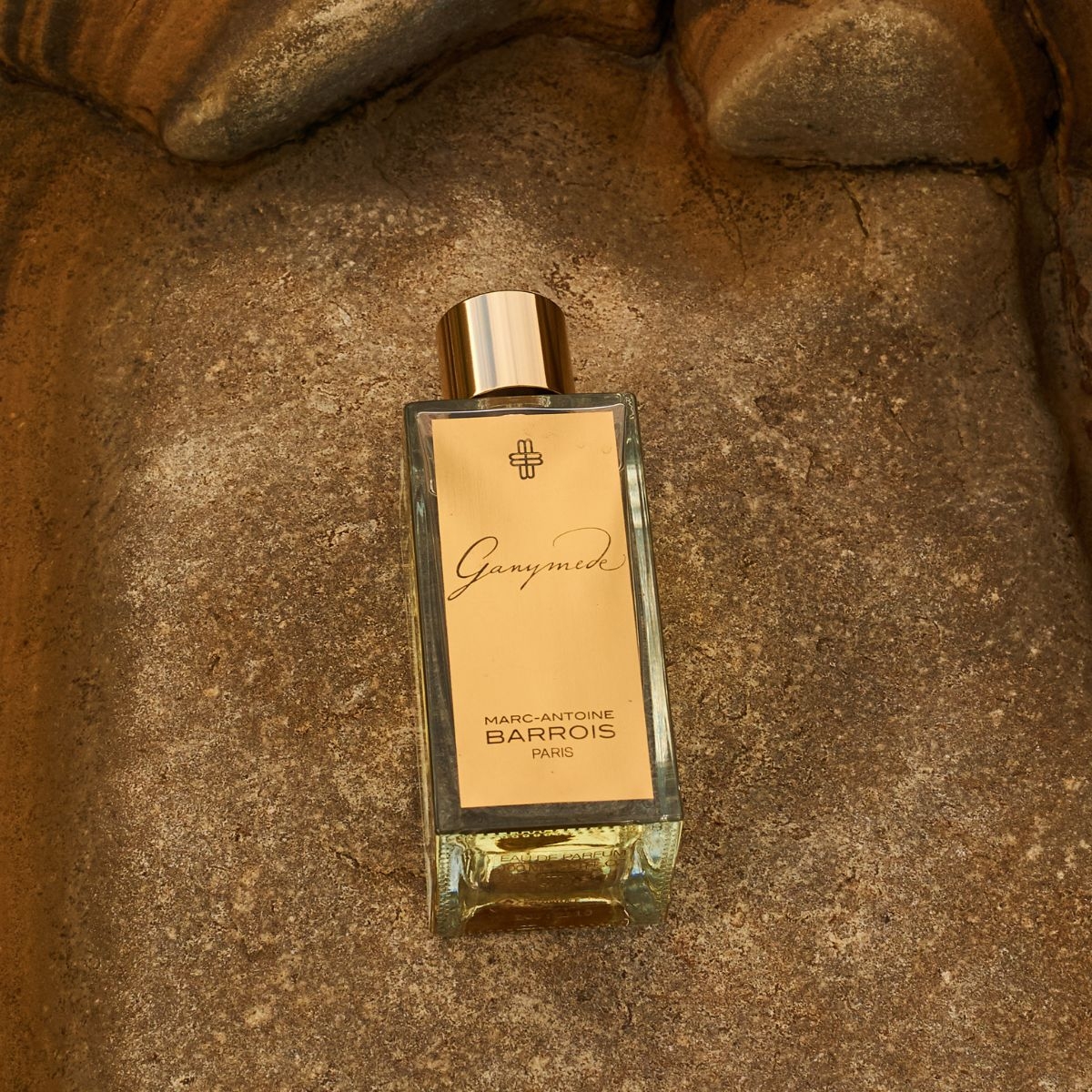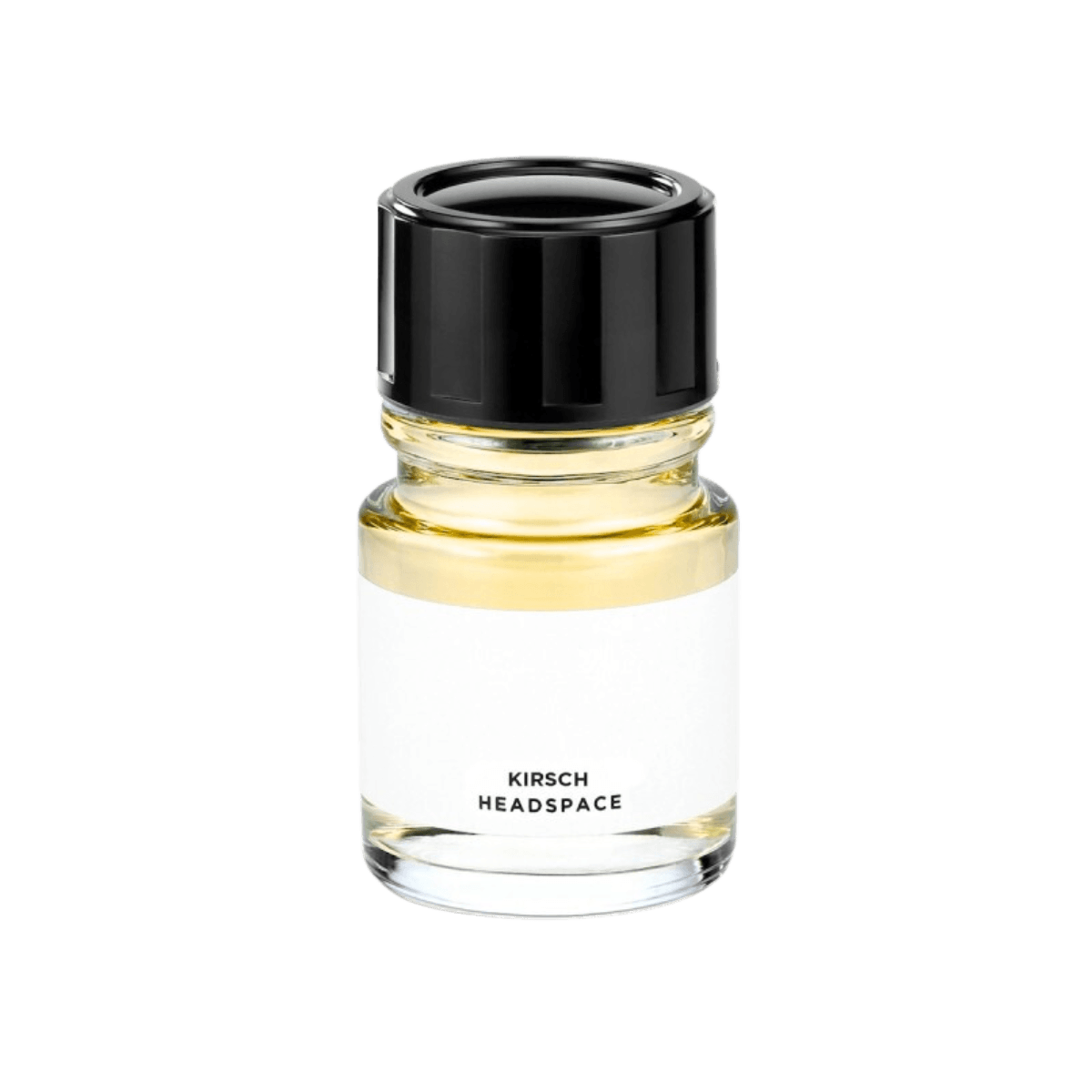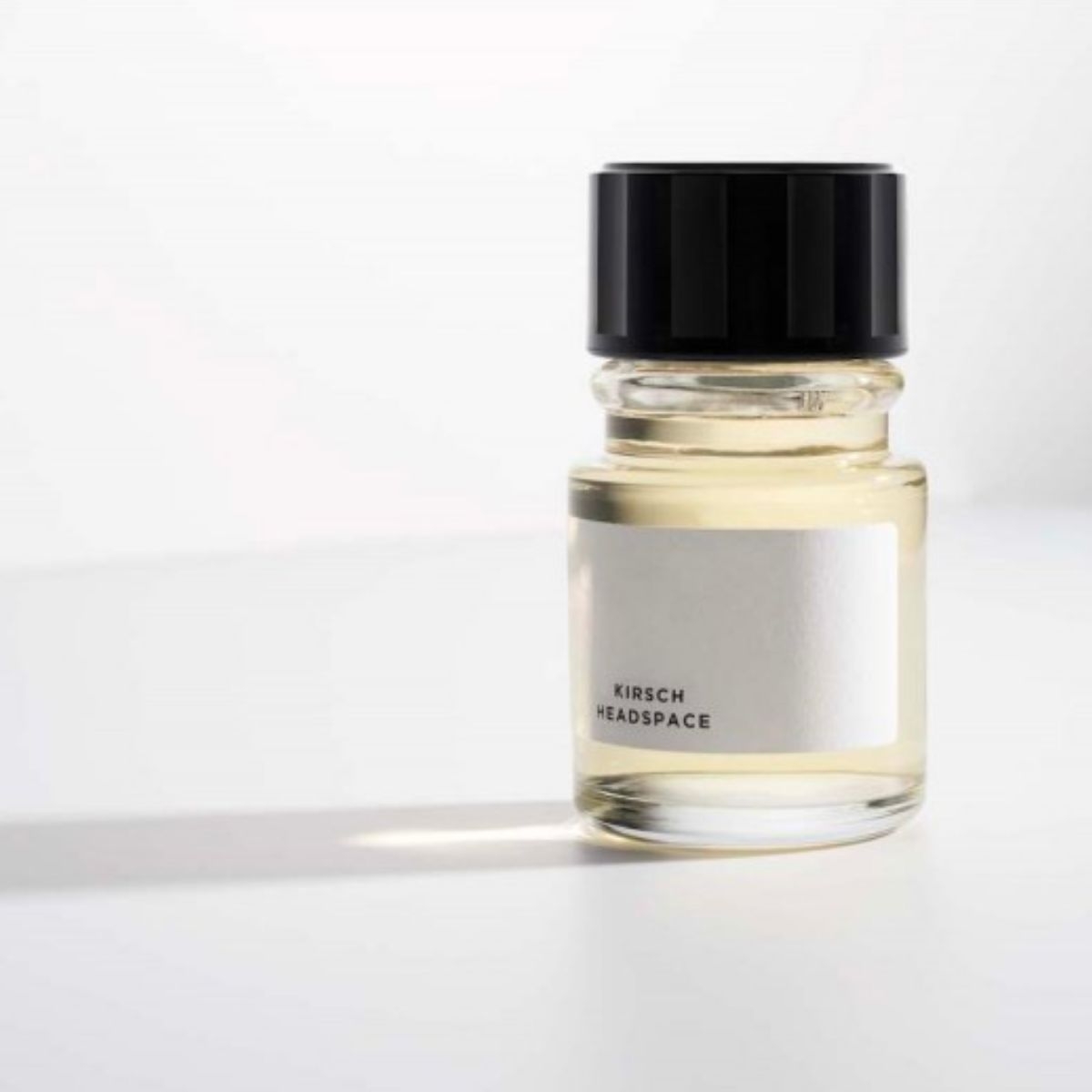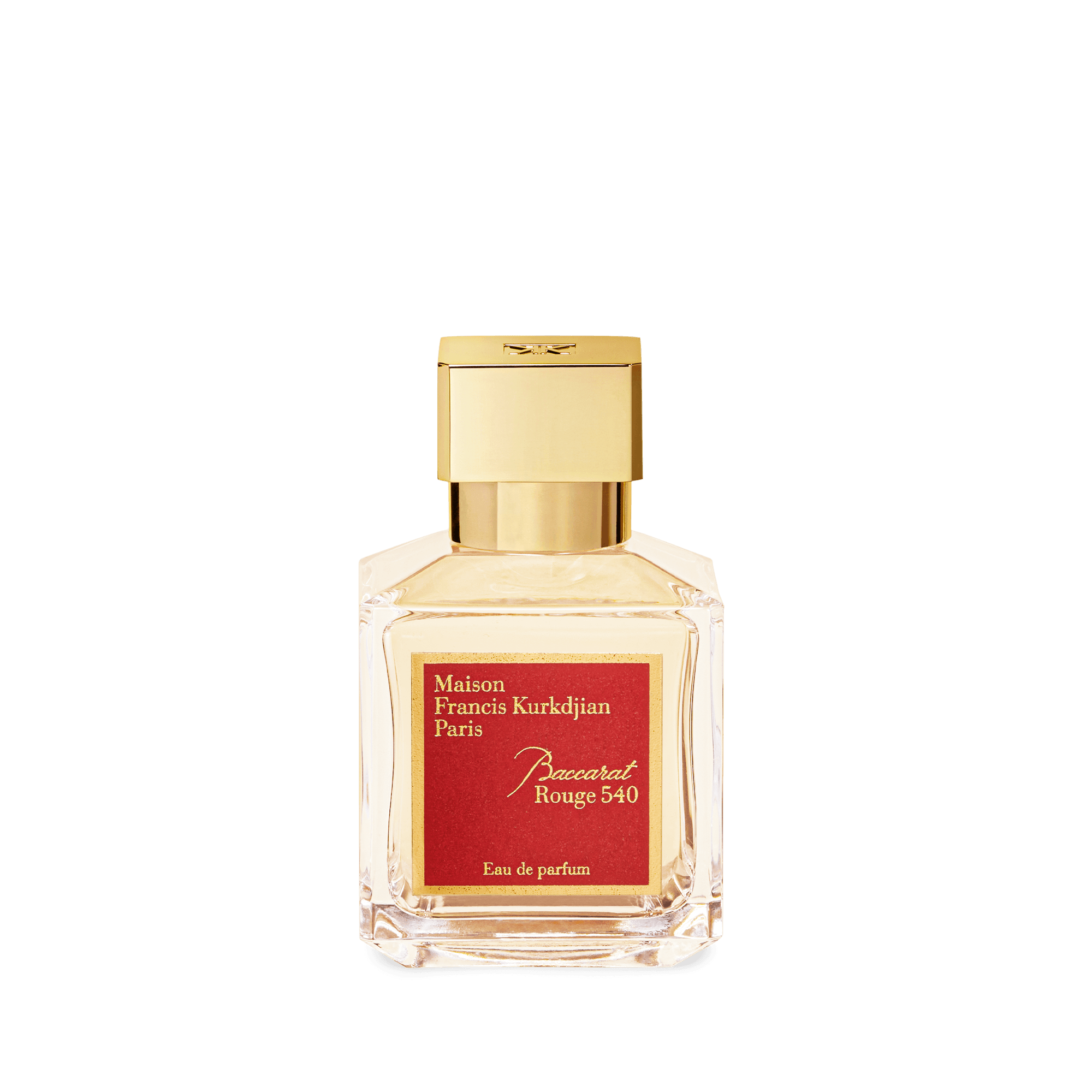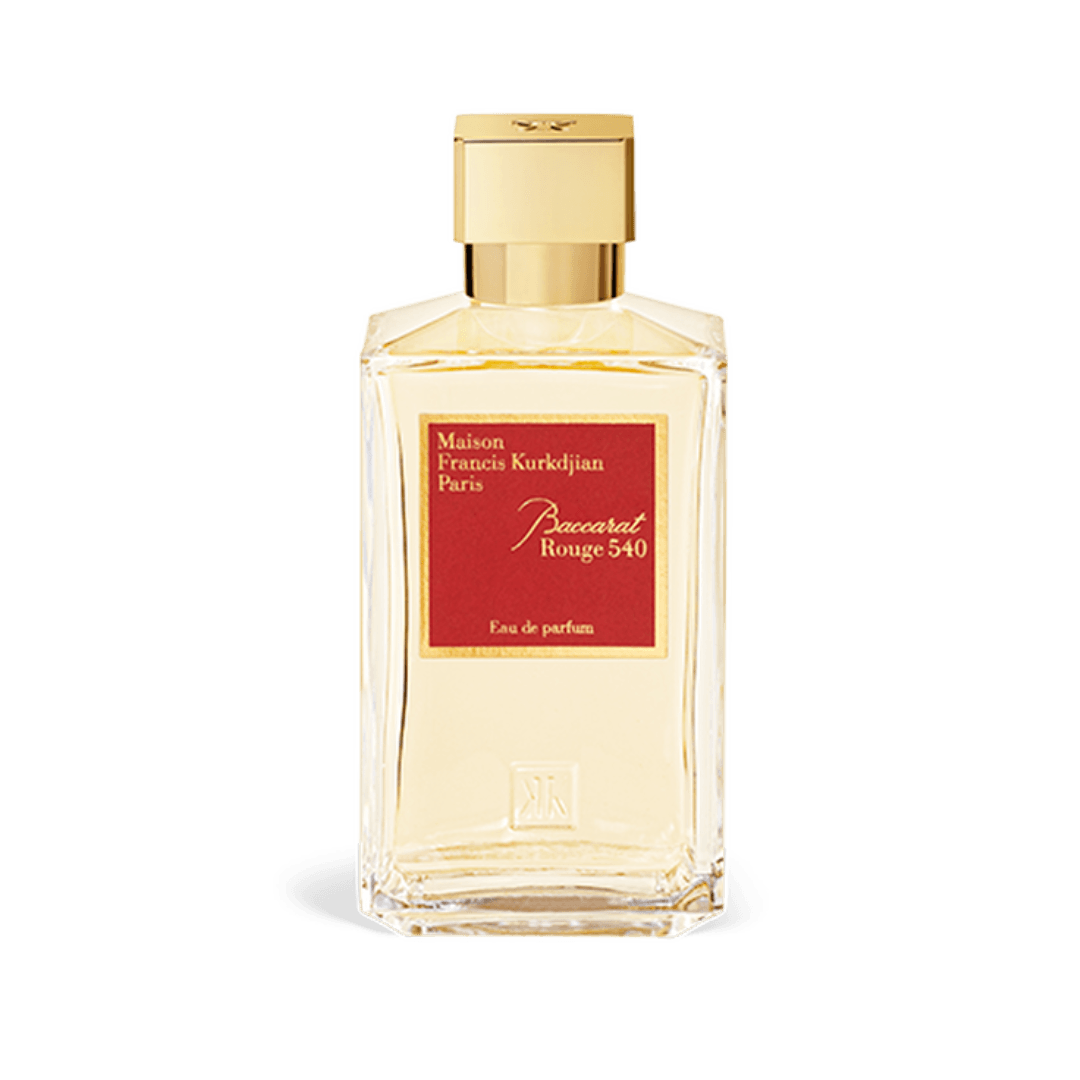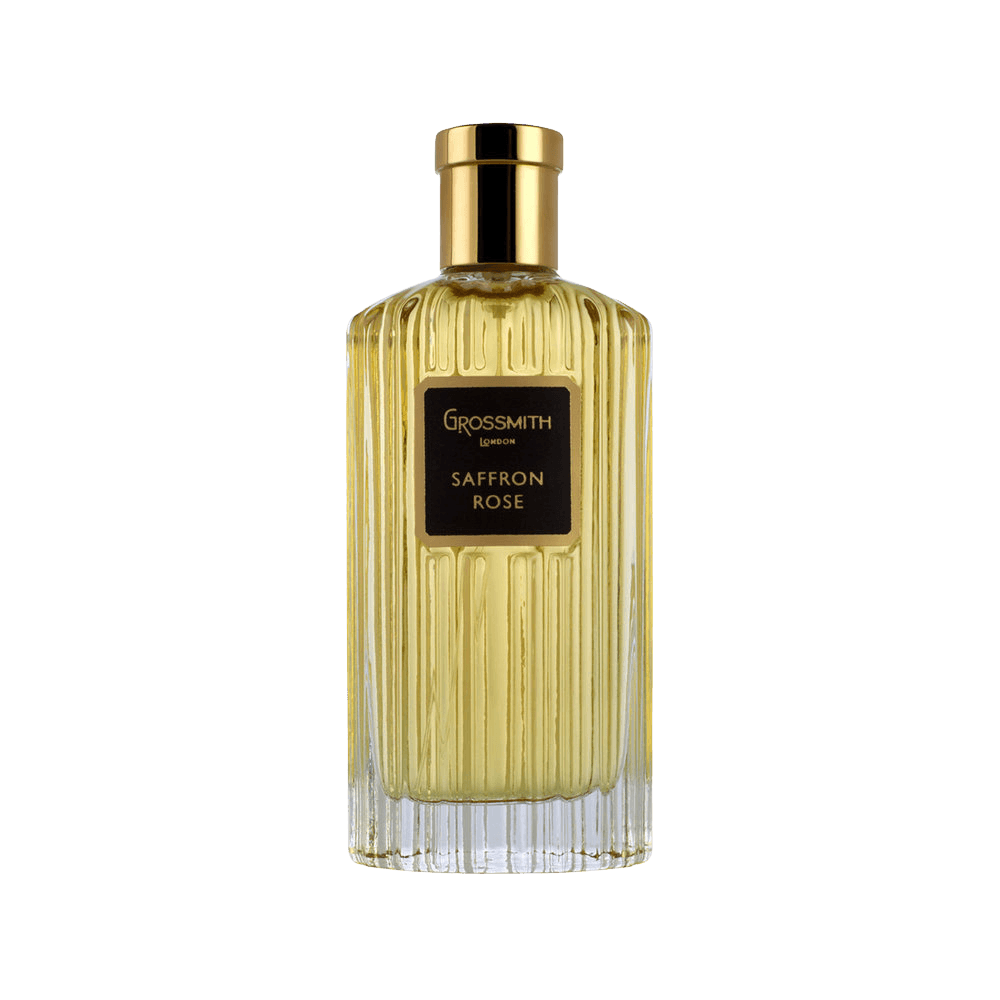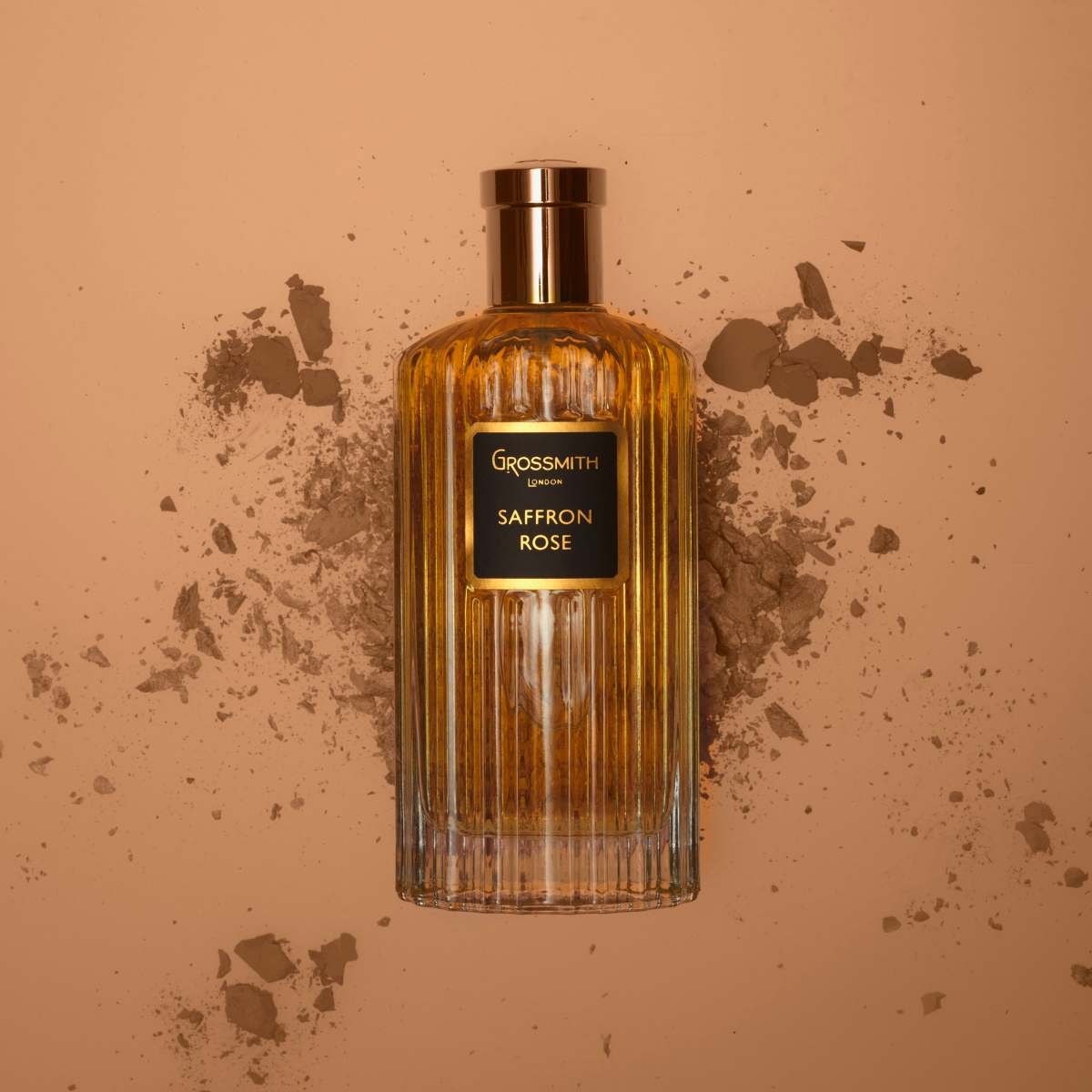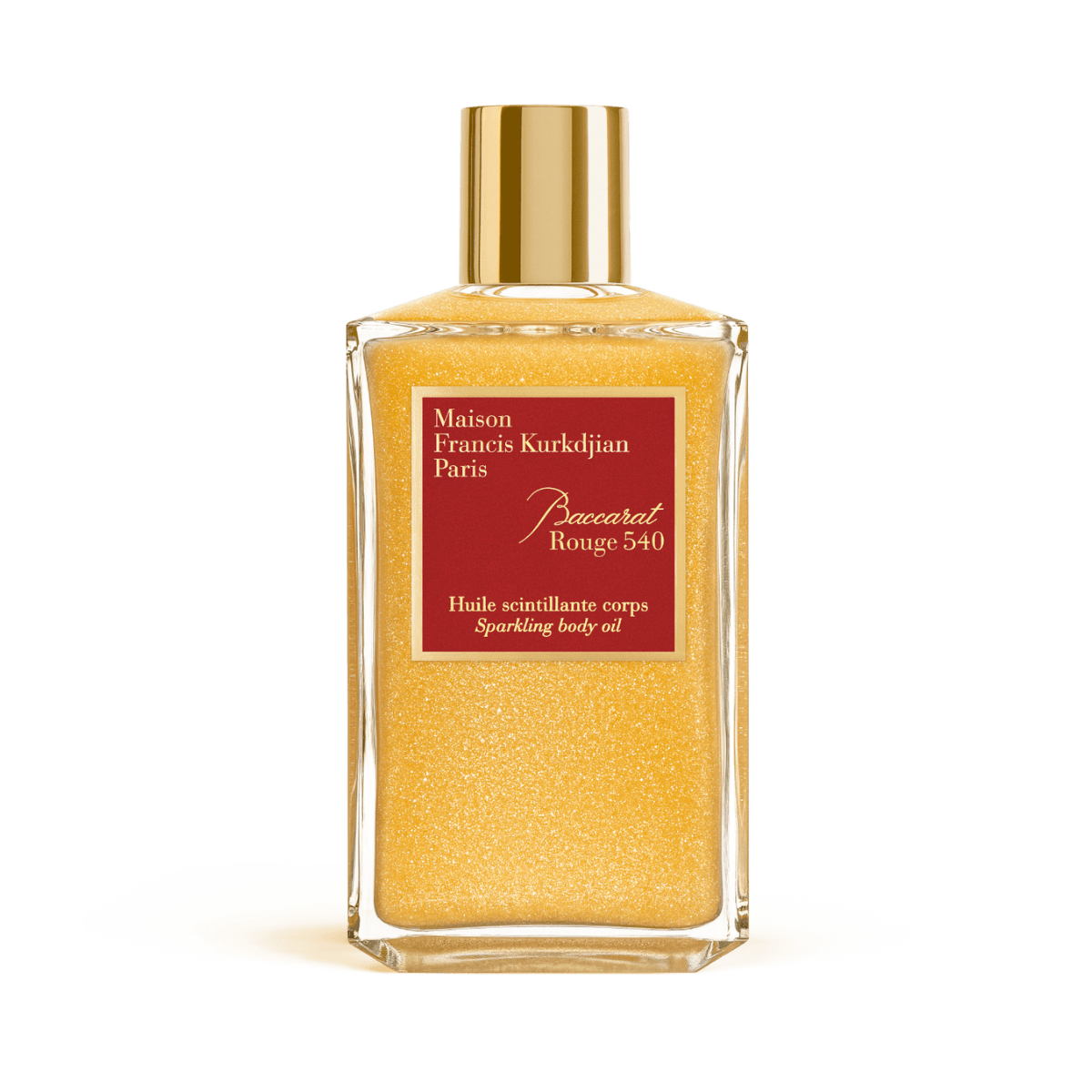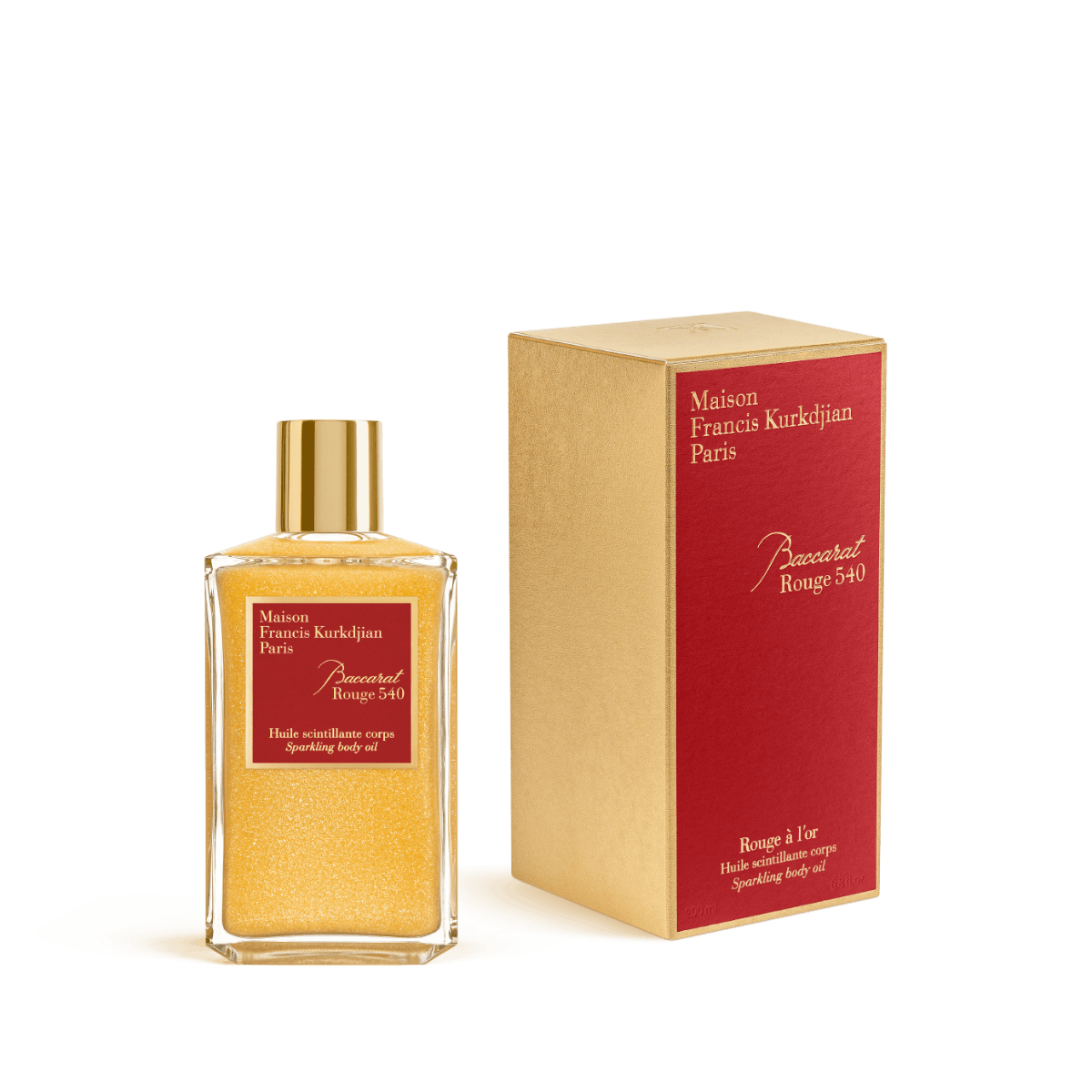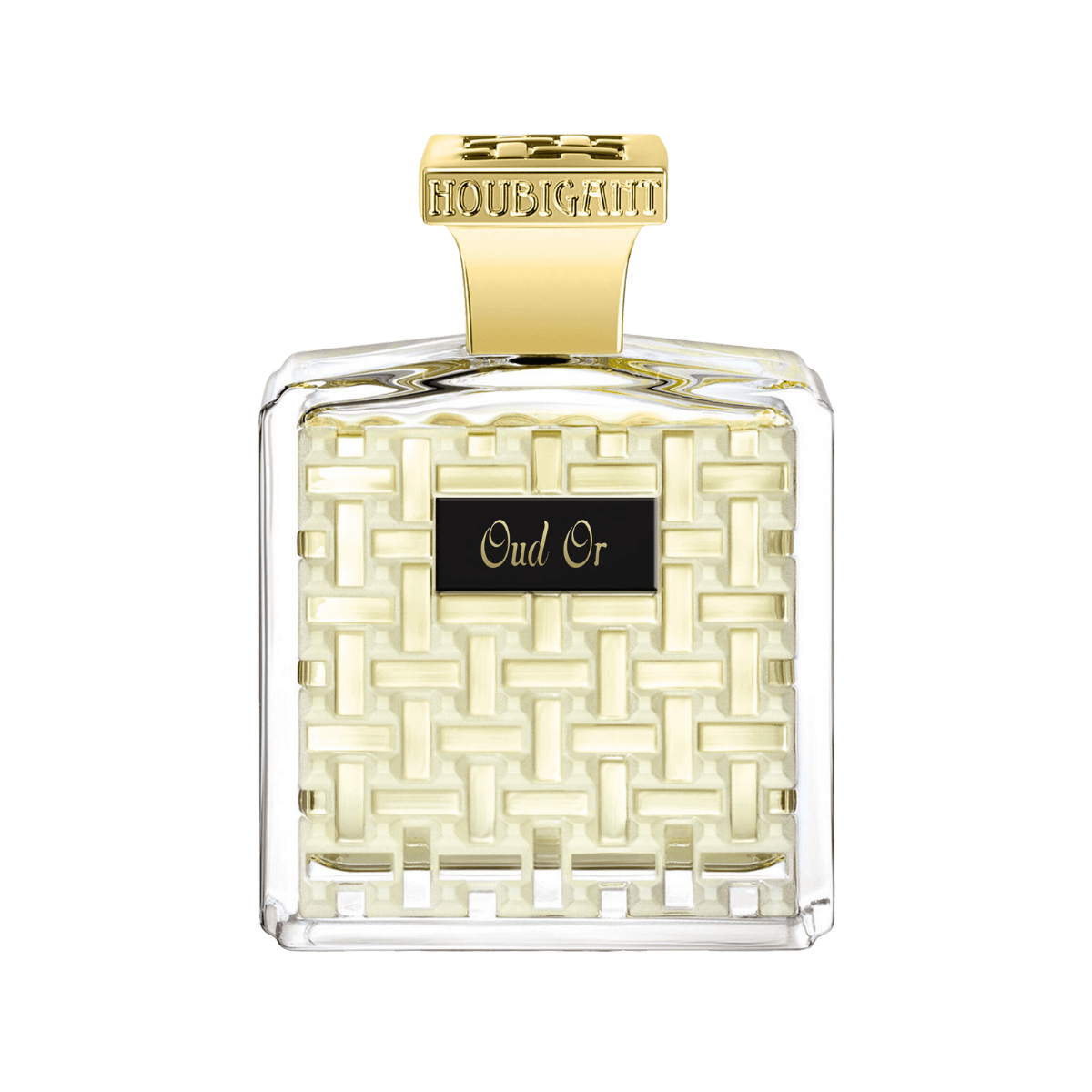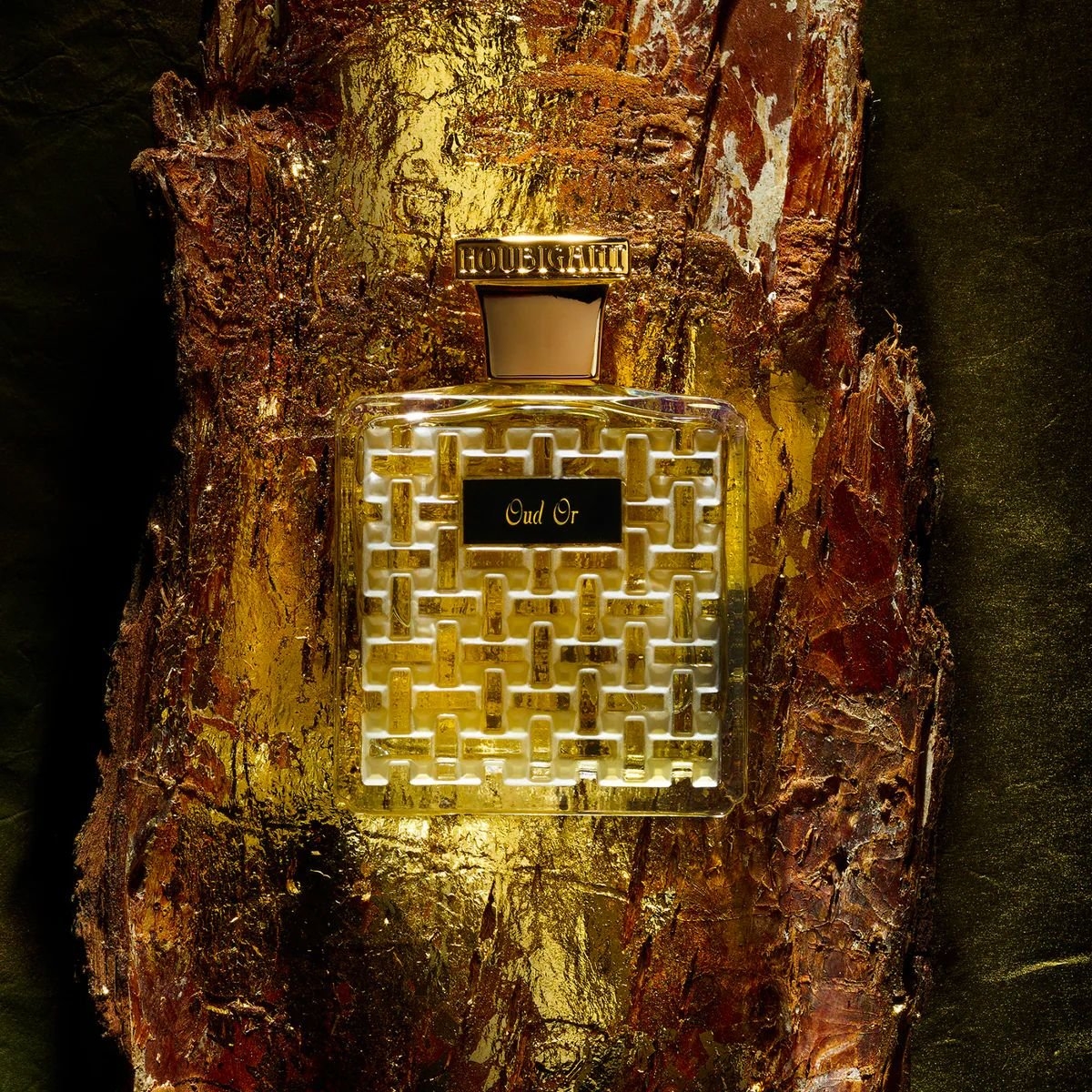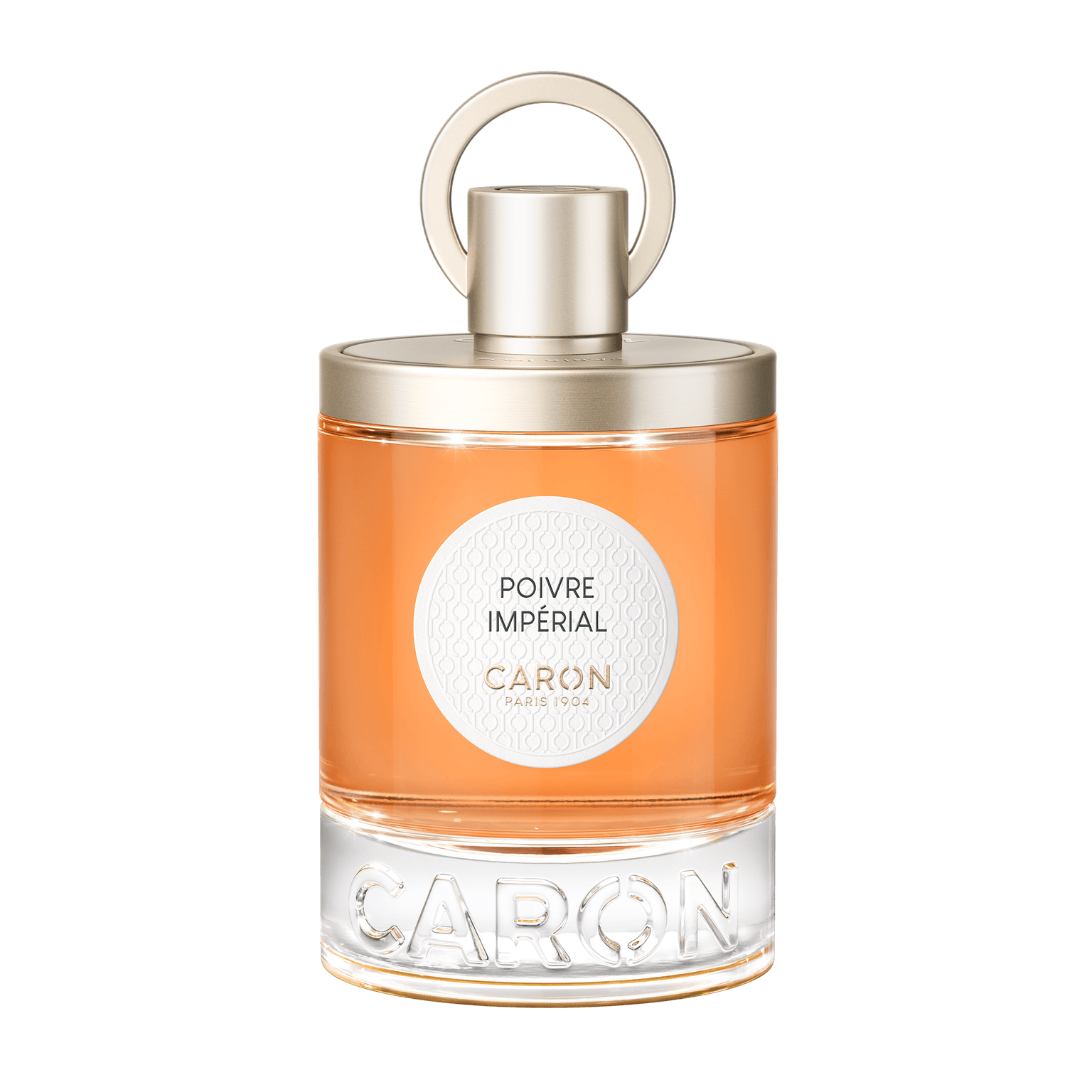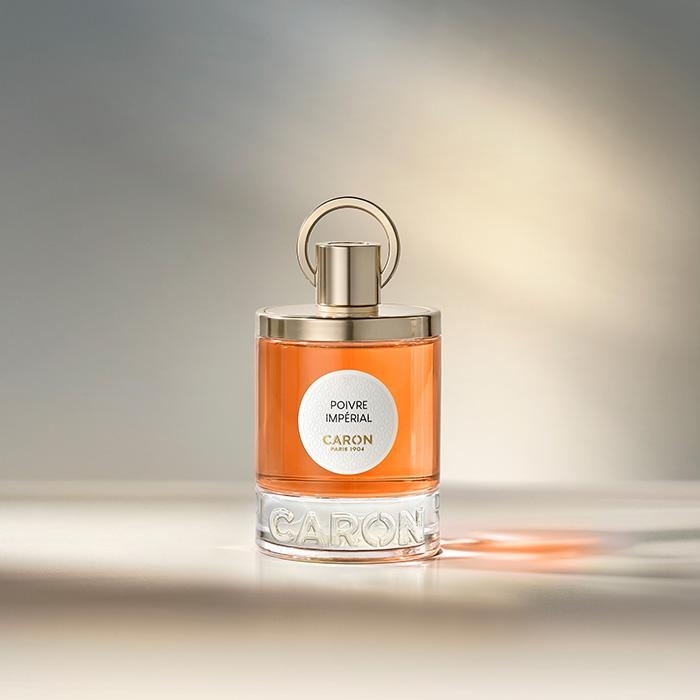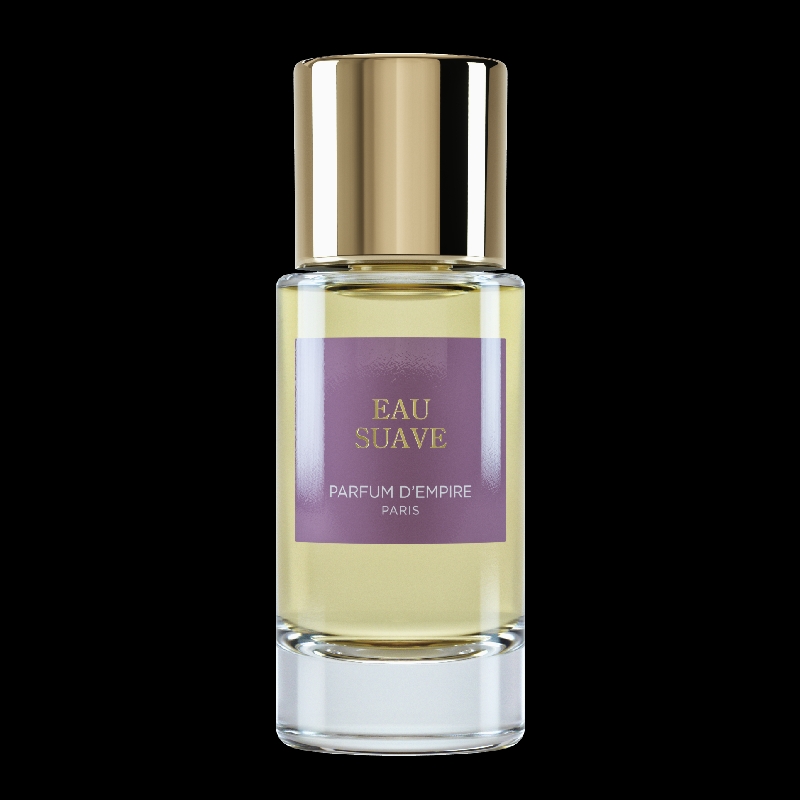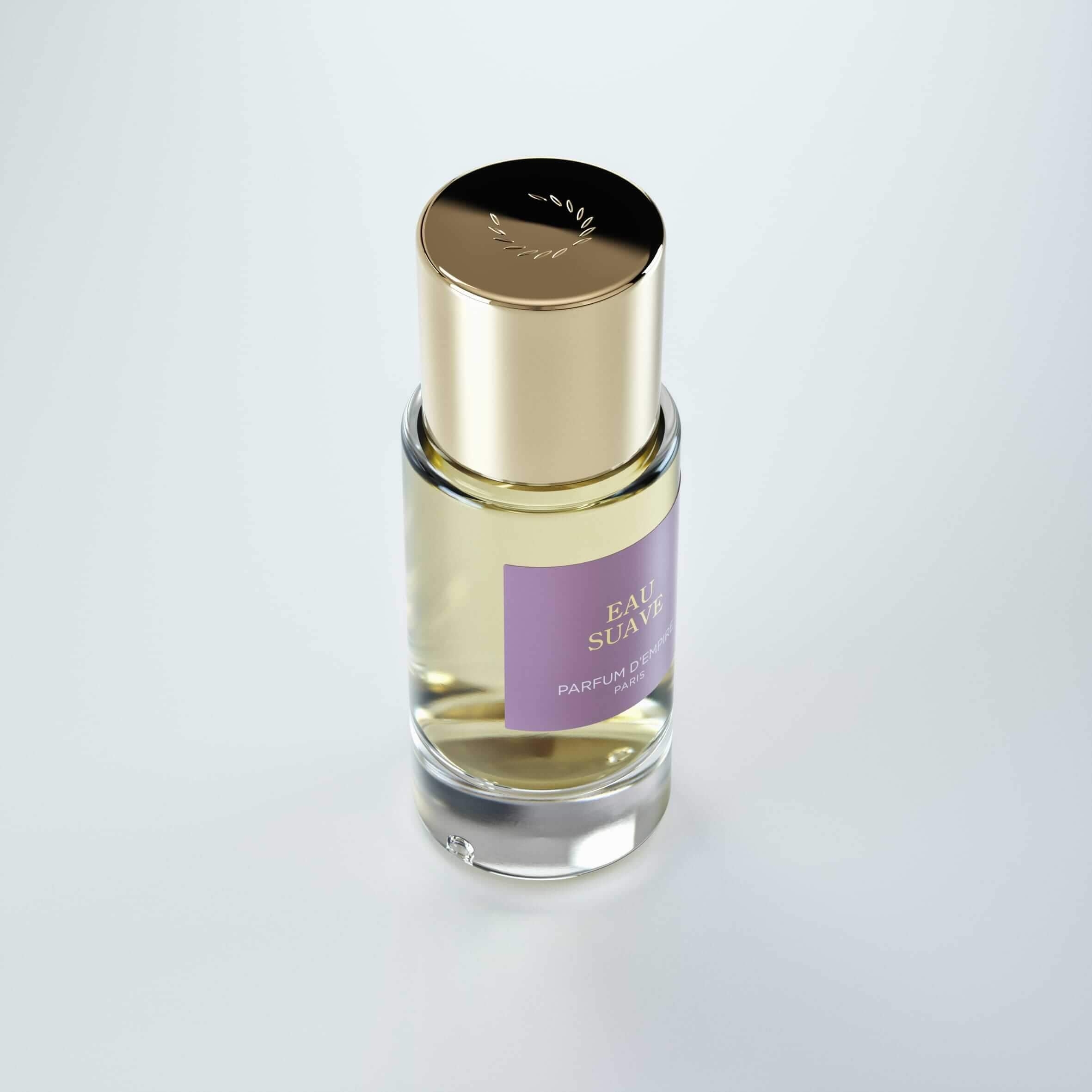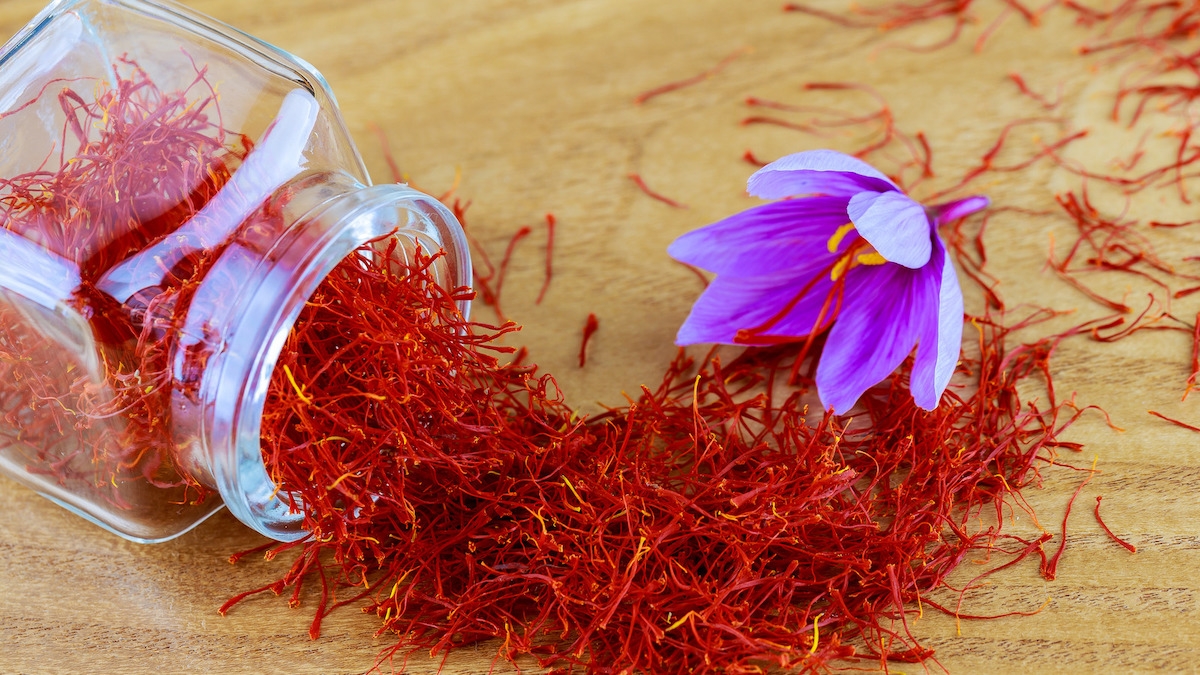
Saffron in perfumes
Saffron, the red gold, comes from the Crocus sativus flower. The saffron crocus has found its well-deserved place in the world of perfume, with its rich and versatile aroma. This rare and precious spice, often referred to as "red gold," contributes to the unique character of many perfumes.
Our perfume recommendations with saffron
Where does saffron come from?
Its origins are in the Middle East and Iran is the largest producer of saffron. The remaining production comes from Turkey, Greece, Morocco and Spain. Saffron grows from bulbs and thrives in areas with a Mediterranean climate, characterized by warm, dry summers and mild winters.
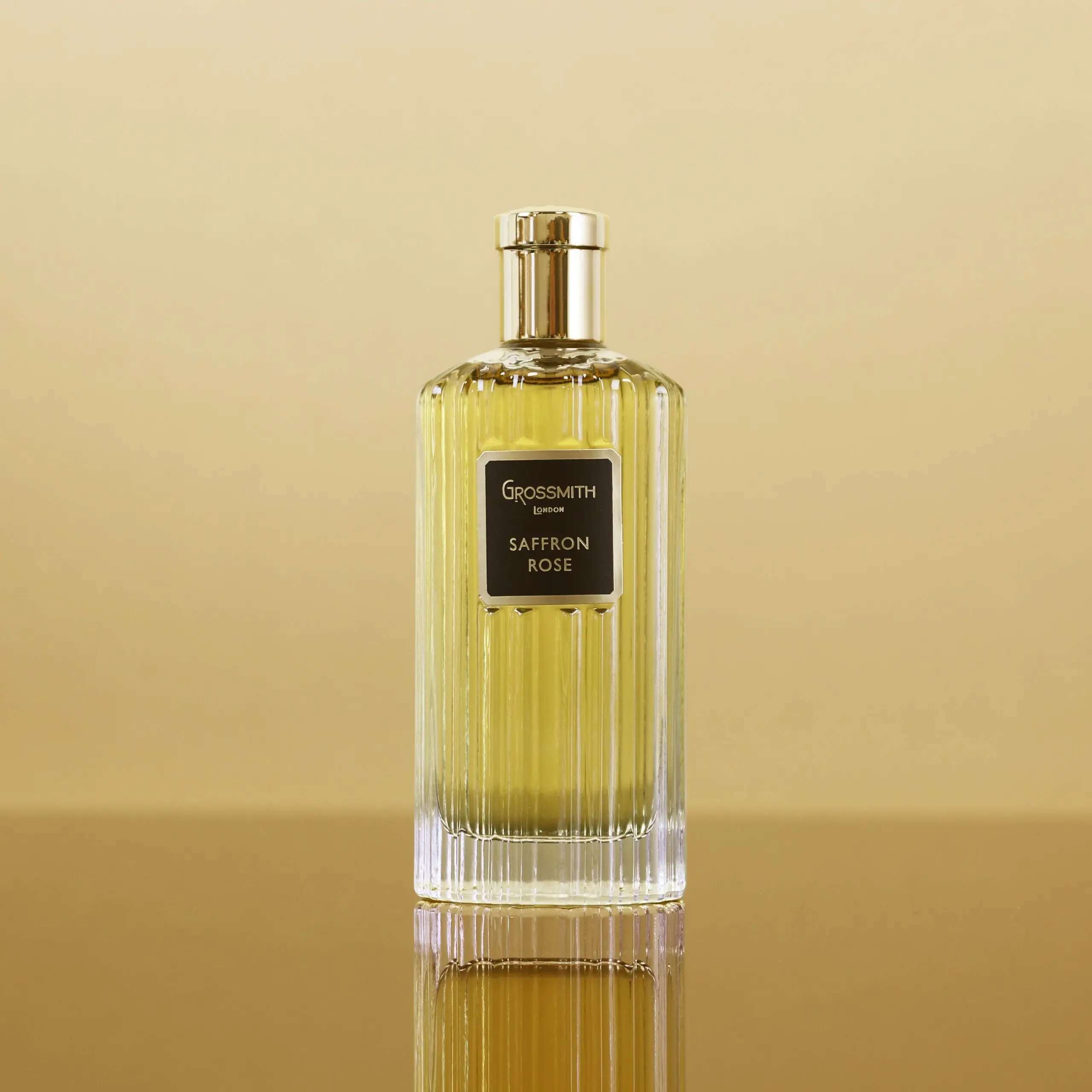
The fragrance profile
Saffron has a distinctive fragrance character that includes floral, honeyed and slightly spicy notes, which can also move towards the suede, leathery. Perfumers appreciate it not only for its seductive scent, but also for its ability to blend harmoniously with a wide range of other perfume ingredients.
How is saffron grown?
- Planting: Saffron bulbs are planted in late summer or early fall. The bulbs contain the embryos of the saffron crocus and are placed at a certain depth in the ground.
- Growth: After planting, the bulbs start to grow. The crocuses themselves emerge above the ground in the fall.
- Flowering: The saffron crocuses bloom in the fall, usually between October and November, depending on the specific climate. Each flower has three red pistils that form the saffron.
- Harvest: The harvest of saffron is a labor-intensive process because it has to be done by hand. The pistils are carefully removed from the flowers. This usually happens in the morning, when the flowers are still closed and the pistils are least susceptible to damage.
- Drying: After harvesting, the saffron pistils are dried. This is often done by gently spreading them on paper sheets. Drying is a crucial step because it develops the characteristic taste, smell and color of saffron.
More saffron products to enjoy
Exclusivity and Luxury
The labor-intensive harvesting process of saffron contributes to the exclusivity of saffron. A small amount of saffron requires many flowers, making saffron a precious ingredient in the world of perfume, but also in the culinary world. 150,000 flowers are needed for 1 kilo of dried saffron, which is equivalent to approximately 2000 m2 of saffron plants. This makes it one of the most expensive spices in the world.
Cultural Significance
Beyond its aromatic appeal, saffron carries cultural significance in many parts of the world. The association with luxury, royalty and ancient rituals gives perfumes containing this precious spice a sense of history and luxury. Perfumers also often draw inspiration from the cultural heritage of saffron-producing regions.
